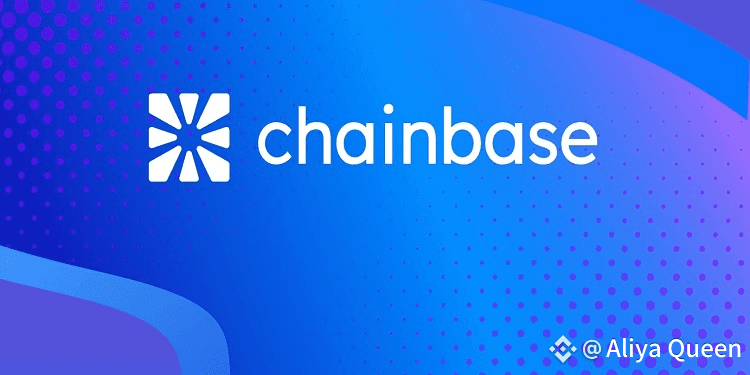The blockchain ecosystem has a data problem. While the technology promises decentralization and interoperability, developers have been trapped in a maze of fragmented APIs, inconsistent data formats, and time-consuming integration challenges. Each blockchain speaks its own data language, forcing developers to become multilingual translators just to build basic applications.
Enter Chainbase—a platform that's fundamentally reimagining how developers interact with blockchain data across the entire Web3 landscape.
The Multi-Chain Data Nightmare
Picture this: You're building a DeFi portfolio tracker that needs to pull data from Ethereum, Polygon, and Arbitrum simultaneously. Traditionally, this means:
Integrating three separate APIs with different authentication methods
Normalizing inconsistent data schemas across chains
Managing different rate limits and reliability standards
Debugging production issues that stem from data inconsistencies
Spending weeks on integration instead of building core features
This fragmentation isn't just inconvenient—it's a barrier to innovation that has slowed Web3 adoption and increased development costs exponentially.
Chainbase's Unified Vision
Chainbase attacks this problem at its core by creating a single, standardized interface for all blockchain data. Think of it as the universal translator for the blockchain world—one API call can now retrieve consistently formatted data from dozens of different networks.
But standardization is just the foundation. The real breakthrough lies in their recent infrastructure upgrade.
Time-Synced Cross-Chain Analysis: A Game Changer
The platform's newly upgraded cross-chain query engine introduces something that was previously impossible: time-synced data blocks. This means developers can now analyze events that happened simultaneously across different blockchains with perfect temporal alignment.
This capability unlocks entirely new categories of applications:
Sophisticated Arbitrage Detection: Identify price discrepancies across DEXes on different chains at the exact same moment, accounting for the subtle timing differences that can make or break profitable trades.
Cross-Chain Bridge Monitoring: Track asset movements and state changes across bridge protocols in real-time, enabling more secure and efficient cross-chain operations.
Multi-Chain Portfolio Analytics: Generate accurate snapshots of portfolio performance across multiple networks at specific points in time, something that was nearly impossible with traditional infrastructure.
MEV Strategy Development: Build more sophisticated Maximum Extractable Value strategies that consider opportunities across the entire multi-chain landscape simultaneously.
The $C Token: More Than Just Access
The $C token represents a thoughtful approach to Web3 tokenomics, serving multiple functions within the ecosystem:
Service Prioritization: Token holders receive priority access during high-traffic periods, ensuring critical applications maintain performance
Feature Access: Advanced analytics and specialized data feeds are gated by token requirements
Network Effects: As more developers use the platform, token utility increases, creating sustainable demand
This isn't just another utility token—it's a carefully designed mechanism that aligns user incentives with platform growth while ensuring sustainable operations.
Technical Architecture That Scales
Behind the unified interface lies sophisticated infrastructure designed for Web3's unique challenges:
Real-time indexing across 100+ blockchains
Sub-second query response times even for complex cross-chain analysis
99.9% uptime guarantee with redundant data sources
Automatic schema normalization that adapts to new blockchain protocols
Why This Matters for Web3's Future
Chainbase isn't just solving today's data problems—it's creating the foundation for Web3's next evolution. When developers can focus on building innovative features instead of wrestling with data integration, the entire ecosystem accelerates.

Consider the parallels to Web2: AWS didn't just provide servers; it abstracted away infrastructure complexity and enabled a generation of companies to build without managing data centers. Chainbase is positioned to do the same for Web3, removing the blockchain data complexity that has been holding back mainstream adoption.
The Road Ahead
We're witnessing the early stages of what could be a fundamental shift in how blockchain applications are built. As @Chainbase Official continues to expand its cross-chain capabilities and refine its data infrastructure, developers will gain access to increasingly powerful tools for creating the next generation of Web3 applications.
The platform's vision extends beyond just data access—it's about creating an ecosystem where building sophisticated multi-chain applications becomes as straightforward as building traditional web applications. With time-synced cross-chain analysis now a reality, we're moving closer to that vision.
For developers tired of fighting with fragmented data sources and for investors looking at the infrastructure layer of Web3, #Chainbase represents more than just a solution to current problems. It's a glimpse into a future where blockchain data is as accessible and standardized as any other development resource.
The revolution in blockchain data access has begun, and we're only seeing the beginning of what's possible.